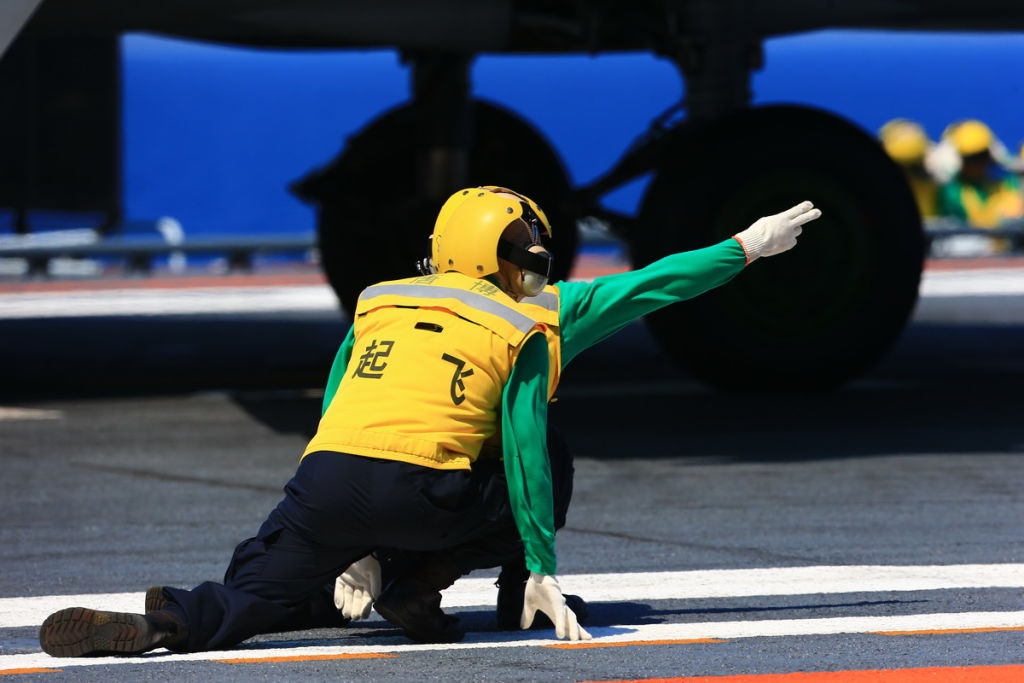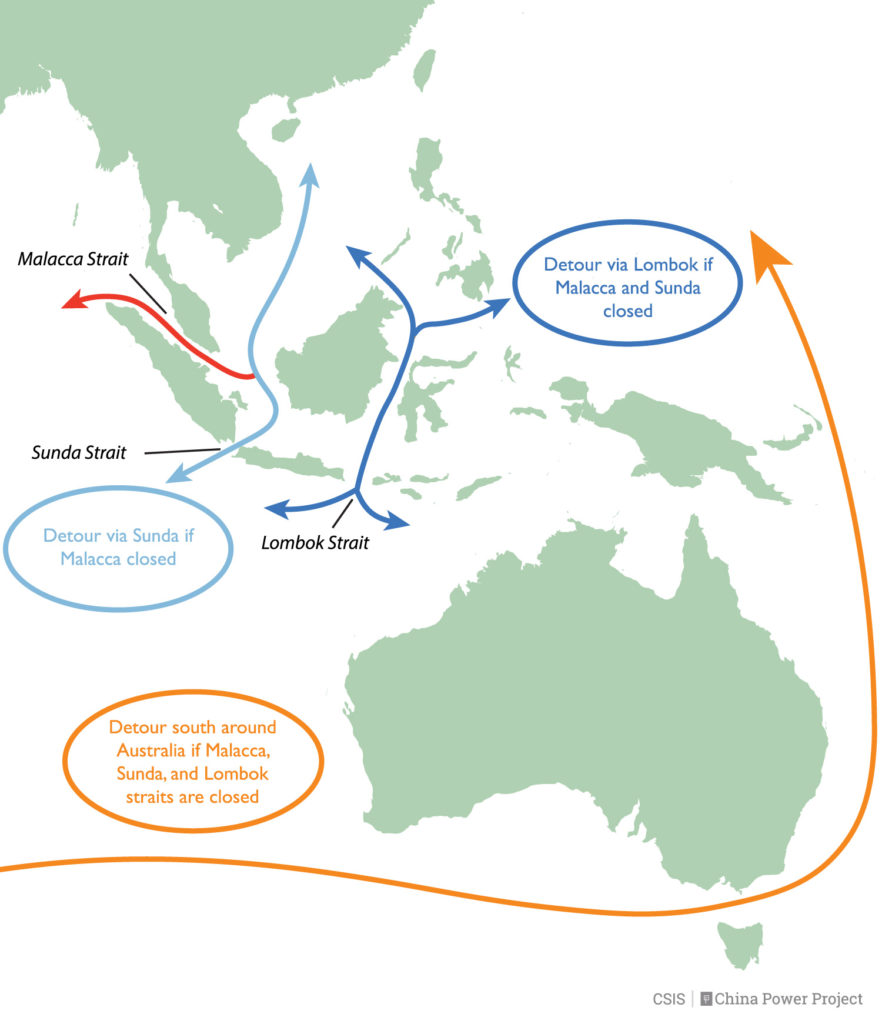
The Great Game was played by Great Britain and Russia throughout the 19th century and reflected the two powers’ political and strategic jostling for influence across Central Asia. It was essentially about geographic positioning, and a 21st-century version is now being played in the South Pacific. The outcome will change the strategic balance across Asia and most of the Pacific. Australia needs to consider how to position itself in this contest in order to shape what’s likely to be a significantly altered strategic landscape.
On one side is China, cashed up, with a clear strategic direction and a willingness to play over the long term. It is also willing to play by a completely different set of rules. On the other side is a grouping of players, spread across the Pacific. There are Japan and South Korea, which don’t seem to know they’re in the game, but will be significantly affected by the outcome. There’s the United States, at the moment the best player, trained up, with the best kit, but increasingly disinterested and in more of a mind to just go home. Then there’s Australia, wanting to play alongside the US but not able either to convince America to stay in the game or to play alone.
The latest moves by Australia and China are illustrative. Australia’s was two-pronged: to re-establish a naval base at Manus Island and to comprehensively engage the South Pacific island states. The jury is out on the effectiveness of the first move and the second was a partial own goal. Manus Island was intended to be a mechanism to bring the US more into the game while providing a forward base for surveillance of regional developments. The Pacific islands move was warranted, albeit late, but the lack of commitment by Canberra to address climate change has arguably harmed some relationships, particularly in countries facing an existential threat from rising sea levels.
The latest China move builds on the position gained through the developments in the South China Sea, centred on militarising a string of artificial islands and on the build-up of anti-access/area-denial (A2/AD) systems. China has given itself the capability to essentially close the sea routes across this important area in situations short of war.
China’s strategy is to build a permanent presence in the Southwest Pacific, a move made clearer and more real by an attempt by China, since deemed illegal, to lease the entire island of Tulagi in Solomon Islands for 75 years. The importance of that move to the players is brought into stark relief by a map from the Center for Strategic and International Studies’ ChinaPower project, reproduced below. It highlights the impact of the progressive denial of the archipelagic straits and the South China Sea to shipping.
If all these routes are closed, the strategic value of the South Pacific islands will be elevated. Traffic to Japan and South Korea will have to travel even further out into the Pacific, the ability of the US to manoeuvre freely will be affected, and Australia may be isolated from our increasingly reluctant ally.

Source: China Power Team, ‘How much trade transits the South China Sea?’, 2 August 2017; updated 10 October 2019.
The next Australian move in the game is crucial and needs to take advantage of geography and not just be dictated by it. The priorities should be to:
- establish a submarine presence on the east coast to allow easy access to where the game is being played—now, not when the new submarines come into service; having the totality of the submarine force on the west coast renders that force less potent
- undertake persistent surveillance of the area to the east and the northeast, not primarily the north and the northwest; this should involve the use of autonomous, persistent assets to build a highly reliable picture of surface and subsurface activities
- address theatre anti-submarine warfare, not just talk about it
- develop an ability to look south, which is something we haven’t had to do before in any meaningful way; increased shipping to the south of Australia will bring not only increased surface traffic, but also the potential for increased subsurface activity
- build a deeper, more meaningful relationship with Papua New Guinea, as that country will be a key determinant in what the regional future looks like
- conduct a wholesale review of national security strategies, and of the military force structure that we are currently developing.
Australia needs to prepare for a more independent defence industry as an increasingly isolationist United States is less likely to come to our aid. We need to have real sovereignty over the strategically important aspects of our military capability. That means matching defence industry capabilities with the military forces considered critical to our defence strategy.
Australia is steadily being outflanked and outgunned. The main game in the Pacific has always been a maritime one. Both Japan and the US understood that during World War II. China obviously also seems to understand it today. Our defence and foreign affairs strategies need to evolve to reflect this reality. We simply don’t have the funds to outbid China in this area. We need to understand and more meaningfully engage with the South Pacific nations, beyond defence cooperation. This includes a fundamental recognition of the threat posed by climate change to South Pacific island states.

